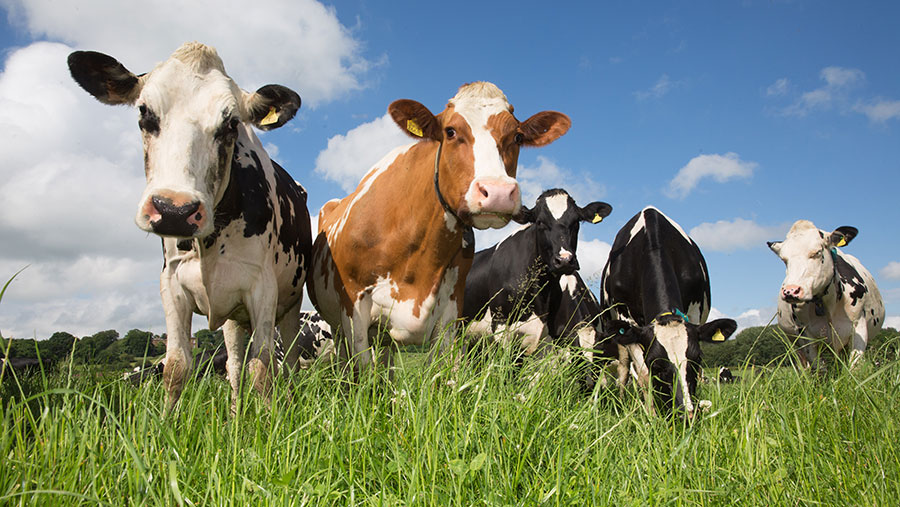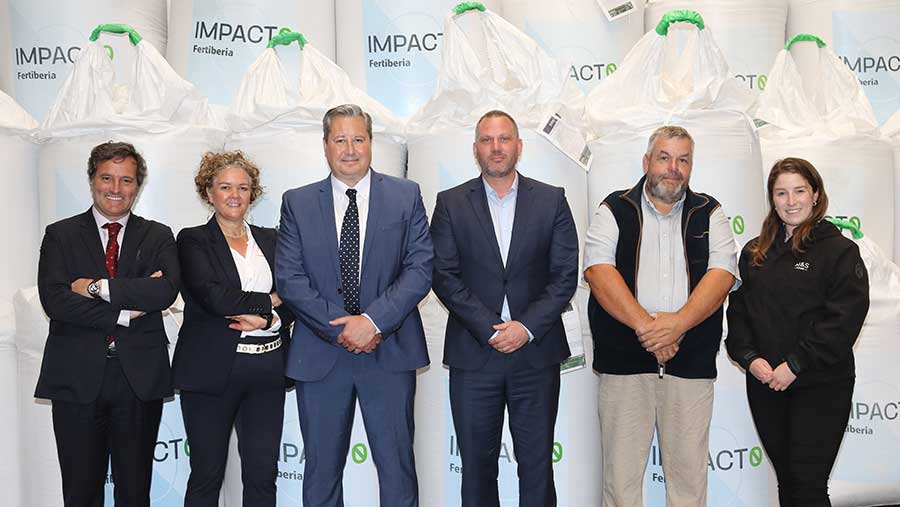M&S milk suppliers to use new green fertiliser range
 © Tim Scrivener
© Tim Scrivener Dairy producers supplying M&S will be among the first to use a new innovative green fertiliser range to help deliver its net-zero goals.
The retailer has agreed an exclusive partnership with Bartholomews Agrifood and Fertiberia using the world’s first fertilisers produced with green hydrogen instead of natural gas.
Known as Impact Zero, the fertiliser range is manufactured by Fertiberia using green hydrogen, and is exclusively distributed in the UK by Bartholomews.
See also: Fairer pricing for dairy farmers promised in new legislation
Some 27 English and Welsh dairy farms in M&S’s dedicated milk pool will use the green fertiliser on their grass-based systems from next spring.
Fertiberia’s Tech Nergetic fertiliser range contains a mix of nitric and ammoniacal nitrogen, which provides immediate and progressive release of nitrogen, as well as sulphur for effective plant growth and to drive nitrogen-use efficiency.

The first shipment of Impact Zero arrives in Southampton © Reverberate PR
In addition, it contains an exclusive biodegradable regulating polymer coating that reduces leaching losses.
Overall, Fertiberia says this delivers nitrogen-use efficiency 22% higher than conventional fertiliser, offering the opportunity to use less fertiliser and potentially reduce the number of applications and leaching.
Preliminary data from trials on M&S dairy farms shows the product applied at a rate of 150kg/ha (equivalent to 36kg nitrogen/ha) leads to 31% higher yields over two silage cuts than NS 27/12 at the same application rate (150kg product/ha and 41kg nitrogen/ha).
Steve McLean, head of agriculture and fisheries at M&S, said: “These fertilisers will enable our farmers to maintain productivity while playing an important role in helping to decarbonise milk production.”
M&S has set a target to become a net-zero business across its entire value chain by 2040; 72% of the M&S Food’s emissions come from agriculture and about half of these are from livestock, primarily ruminants.
